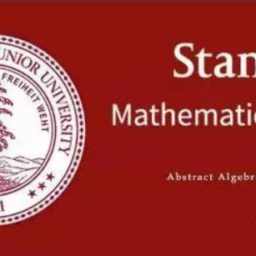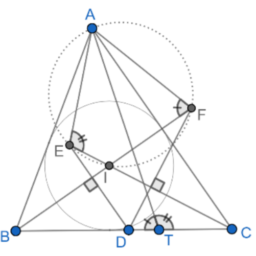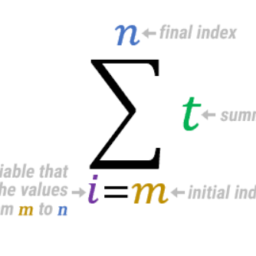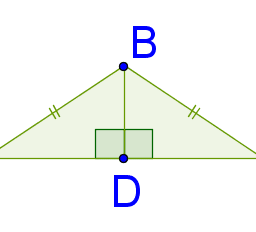| where, as indicated, $C=\sum_{k=0}^{n-1}\left(\begin{array}{c}n \ k\end{array}\right)|x|^{k}$. Let $\delta$ be small enough that the right side is less than $\left|x^{n}-a\right|$. For example, you could let $\delta=\min \left(\frac{\left|x^{n}-a\right|}{2 C}, 1\right)$. Then if $y \in(x-\delta, x+\delta)$ $$ \left|y^{n}-x^{n}\right| \leq C|x-y|<C \delta \leq\left|x^{n}-a\right| $$ It follows that on the number line, $y^{n}$ must be between $a$ and $x^{n}$. Consequently, $y^{n}-a \neq 0$ and has the same sign as $x^{n}-a$. (Draw a picture.) Theorem $2.11 .2$ Let $a>0$ and let $n>1$. Then there exists a unique $x>0$ such that $x^{n}=a$. Proof: Let $S$ denote those numbers $y \geq 0$ such that $t^{n}-a<0$ for sll $t \in[0, y]$. One such number is 0 . If $a \geq 1$, then a short proof by induction shows $a^{n}>a$ and so, in this case, $S$ is bounded above by $a$. If $a<1$, then another short argument shows $(1 / a)^{n}>a$ and so $S$ is bounded above by $1 / a$. By completeness, there exists $x$, the least upper bound of $S$. Thus for all $y \leq x, y^{n}-a<0$ since if this is not so, then $x$ was not a least upper bound to $S$. If $x^{n}-a>0$, then by the lemma, $y^{n}-a>0$ on some interval $(x-\delta, x+\delta)$. Thus $x$ fails to be a the least upper bound because an upper bound is $x-\delta / 2$. If $x^{n}-a<0$, then by the lemma, $y^{n}-a<0$ on some interval $(x-\delta, x+\delta)$ and so $x$ is not even an upper bound because $S$ would then contain $[0, x+\delta)$. Hence the only other possibility is that $x^{n}-a=0$. That is, $x$ is an $n^{\text {th }}$ root of $a$. This has shown that $a$ has a positive $n^{\text {th }}$ root. Could it have two? Suppose $x, z$ both work. If $z>x$, then by the binomial theorem, $$ \begin{aligned} z^{n} &=(x+z-x)^{n}=\sum_{k=0}^{n}\left(\begin{array}{c} n \ k \end{array}\right) x^{n-k}(z-x)^{k} \ &=x^{n}+\sum_{k=0}^{n-1}\left(\begin{array}{c} n \ k \end{array}\right) x^{n-k}(z-x)^{k}=a+\sum_{k=0}^{n-1}\left(\begin{array}{c} n \ k \end{array}\right) x^{n-k}(z-x)^{k}>a . \end{aligned} $$ Turning the argument around, it is also not possible that $z<x$. Thus the $n^{\text {th }}$ root is also unique. From now on, we will use this fact that $n^{t h}$ roots exist whenever it is convenient to do so. $2.12$ Exercises Let $S=[2,5]$. Find sup $S$. Now let $S=[2,5)$. Find sup $S$. Is sup $S$ always a number in $S$ ? Give conditions under which $\sup S \in S$ and then give conditions under which inf $S \in S$. Show that if $S \neq \emptyset$ and is bounded sbove (below) then sup $S$ (inf $S$ ) is unique. That is, there is only one least upper bound and only one greatest lower bound. If $S=\emptyset$ can you conclude that 7 is an upper bound? Can you conclude 7 is a lower bound? What sbout $13.5 ?$ What about any other number? Let $S$ be a set which is bounded sbove and let $-S$ denote the set ${-x: x \in S}$. How are inf $(-S)$ and sup $(S)$ related? Hint: Draw some pictures on a number line. What about sup $(-S)$ and inf $S$ where $S$ is a set which is bounded below? |


real analysis代写analysis 2, analysis 3请认准UprivateTA™. UprivateTA™为您的留学生涯保驾护航。
代写
隐藏







